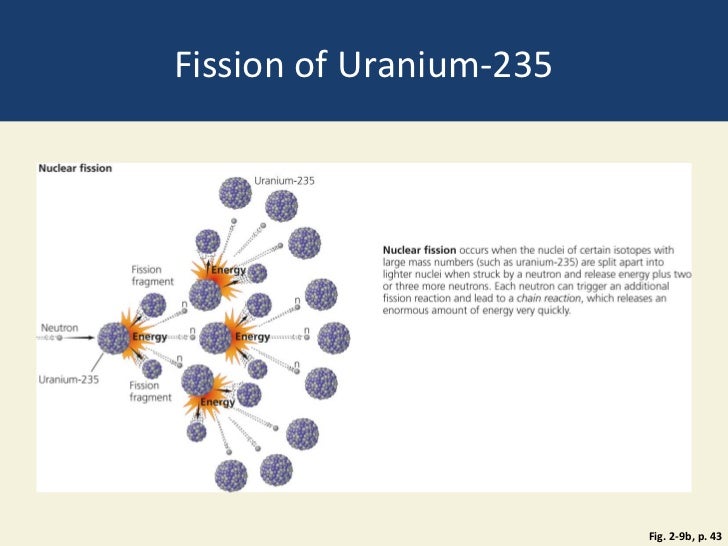

Publication Date: Research Org.: Westinghouse Savannah River Co., Aiken, SC (United States) Sponsoring Org.: USDOE USDOE, Washington, DC (United States) OSTI Identifier: 7025363 Report Number(s): WSRC-MS-92-108 CONF-920851-76 ON: DE92041346 TRN: 92-038097 DOE Contract Number: AC09-89SR18035 Resource Type: Conference Resource Relation: Conference: Spectrum 92: nuclear and hazardous waste management international topical meeting, Boise, ID (United States), 23- Country of Publication: United States Language: English Subject: 12 MANAGEMENT OF RADIOACTIVE AND NON-RADIOACTIVE WASTES FROM NUCLEAR FACILITIES 37 INORGANIC, ORGANIC, PHYSICAL AND ANALYTICAL CHEMISTRY HIGH-LEVEL RADIOACTIVE WASTES MASS SPECTROSCOPY SLUDGES CESIUM 137 FISSION PRODUCTS RADIOACTIVE WASTE MANAGEMENT SAVANNAH RIVER PLANT STRONTIUM 90 TANKS URANIUM 235 ACTINIDE ISO ACTINIDE NUCLEI ALKALI METAL ISOTOPES ALKALINE EARTH ISOTOPES ALPHA DECAY RADIOISOTOPES BETA DECAY RADIOISOTOPES BETA-MINUS DECAY RADIOISOTOPES CESIUM ISOTOPES CONTAINERS EVEN-EVEN NUCLEI EVEN-ODD NUCLEI HEAVY NUCLEI INTERMEDIATE MASS NUCLEI INTERNAL CONVERSION RADIOISOTOPES ISOMERIC TRANSITION ISOTOPES ISOTOPES MANAGEMENT MATERIALS MINUTES LIVING RADIOISOTOPES NATIONAL ORGANIZATIONS NUCLEI ODD-EVEN NUCLEI RADIOACTIVE MATERIALS RADIOACTIVE WASTES RADIOISOTOPES SPECTROSCOPY SPONTANEOUS FISSION RADIOISOTOPES STRONTIUM ISOTOPES URANIUM ISOTOPES US AEC US DOE US ERDA US ORGANIZATIONS WASTE MANAGEMENT WASTES YEARS LIVING RADIOISOTOPES 052002* - Nuclear Fuels- Waste Disposal & Storage 400102 - Chemical & Spectral = /other base analyses. Westinghouse Savannah River Co., Aiken, SC (United States).The chemistry of the fission products in the caustic waste sludges, the neutron fluences in SRS reactors, or interferences in more » the ICP-MS analyses explain the differences in the measured and calculated results. The relative yields for most of the fission products agree completely with the known relative vields for the beta decay chains of the two asymmetric: branches of the slow neutron fission of U-235. We analyzed the sludge with inductively coupled plasma-mass spectroscopy. This paper presents measurements of the concentrations of 42 (98%) of the long-lived U-235 fission products in a high-level radioactive waste sludge stored at the Savannah River Site. Disagreements can be reconciled based on the chemistry of the fission products in the caustic waste sludges, the neutron fluences in SRS reactors, or interferences in the ICP-MS analyses. The relative yields for most of the fission products are in complete agreement with the known relative yields for the beta decay chains of the two asymmetric branches of the slow neutron fission of U-235. We used inductively coupled plasma-mass spectroscopy for the analysis. The 42 fision products make up 98% of the waste sludge. The splitting of a single U-235 atom can release roughly 200 MeV (million electron volts).This paper presents measurements of the concentrations of 42 of the long-lived U-235 fission products in a high-level radioactive waste sludge stored at Savannah River Site.
#PRODUCTS OF FISSION URANIUM 235 FREE#
When a free neutron collides with a U-235 nucleus, the nucleus will usually capture the neutron and split extremely quickly. Another reason that U-235 is ideal for producing nuclear power is that unlike most materials, U-235 can undergo induced fission. This means that it releases an alpha particle (two neutrons and two protons connected together). This is because it decays naturally by a process known as alpha radiation. Uranium-235 (U-235) is only found in about 0.7 percent of uranium found naturally, but it is well-suited for producing nuclear power. Uranium undergoes spontaneous fission at a very slow rate, and emits radiation. Nuclear fission occurs when one atom splits into two, creating energy. What basic element, found in abundance on Earth, do these nuclear plants require in order to produce these huge amounts of power? The answer is uranium. Nuclear plants in France supply that country with approximately 77 percent of the electricity it requires per year. Nuclear plants in the U.S provide approximately 20 percent of the electricity needed by the country every year. Uranium is used in nuclear plants around the world to create electricity.


 0 kommentar(er)
0 kommentar(er)
